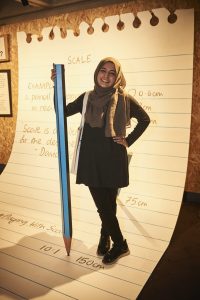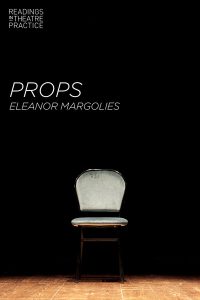
In the Wolfson Gallery at the National Theatre, South Bank, until 23 March 2019. Exhibition details, accompanying events and catalogue essay.

In the Wolfson Gallery at the National Theatre, South Bank, until 23 March 2019. Exhibition details, accompanying events and catalogue essay.

‘Props’ will be published by Palgrave Macmillan in September. I was very pleased when the designer suggested this photograph of a chair upholstered in pale green velvet for the cover, because it recalls Susan Melrose’s question about a chair on stage, something that has been in my mind throughout the research and writing of the book: ‘Does it cease to be a “theatre sign” if I observe it – and if I go so far as to “lose my gaze” momentarily in the richness of its fabric, in its pleasing curve of frame – without “translating” it into another sign?’ (A Semiotics of the Dramatic Text, 1994, page 26)
Theatre Materials is now available from Samuel French and the National Theatre bookshop.